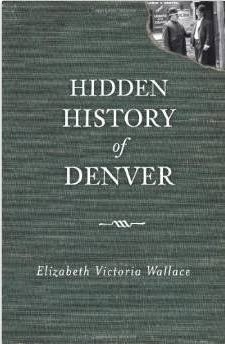This pudding is a favorite of mine and my family too. It can be made plain (without the jam) and a chocolate sauce can be poured once the pudding has been cooked, and turned up-side-down. In England, we used a thick golden syrup (Tate and Lyle) which provides a wonderful change to the jam at the base. Then the pudding is called Golden Cap Pudding. The syrup can be purchased at specialty English shops.
Note: If you don't have a pudding basin...make individual puddings using teacups. Only fill the cups about half way to allow for expansion. Sorry, I’ve never converted this recipe from Imperial measurements to cup measurements.
Ingredients
4 oz. margarine
4 oz. sugar
2 eggs
6 oz. self-raising flour OR ad
1 ½ level teaspoons of baking powder to plan (all purpose) flour
Jam
Method
Cream the margarine and sugar. Add beaten eggs slowly and fold in the flour.
Add just enough milk to give a dropping consistency (dollop on a spoon drops by
counting 1,2,3) Grease a pudding basin, place about 3 tablespoons of jam in the
bottom, and place the creamed mixture on top. Cover tightly with foil and place
in a saucepan of boiling water about 1/3 up the side of the pudding basin for
about 1 ½ hours. Remember to add
boiling water, but never allow the water to get over the side of the pudding
otherwise you’ll have a soggy mess. After 1 ½ hours of steaming, turn the
pudding out onto a plate and let the jam run down the sides. Serve with cream,
custard or ice cream. 
































